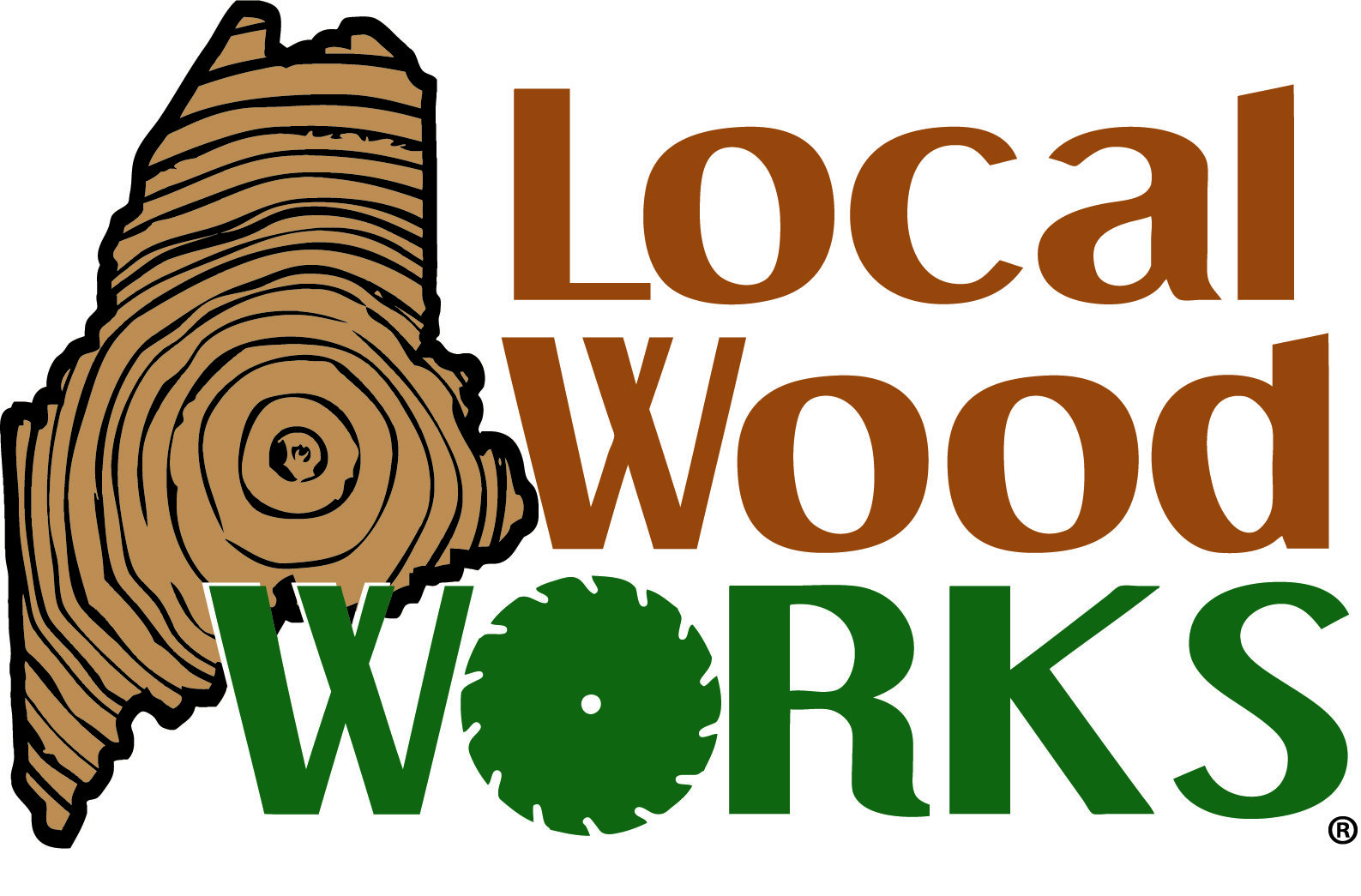Maine to compete for share of pressure-treated lumber market
Four decade since inception, Hal Bumby of Maine Wood Treaters plans to pressure-treat Maine-grown red pine
Maine-grown, pressure-treated red pine lumber should soon be available as a lower-cost option to all-pervasive and increasingly pricey southern yellow pine.
Maine Wood Treaters has acquired the former Tukey Brothers sawmill in Belgrade and plans to convert it to milling red pine timbers and boards, according to MWT owner Hal Bumby. “It’s gonna happen,” Bumby said.
The wood will be air or kiln-dried, planed on four sides, grade stamped according to Northeast Lumber Manufacturers Association standards then shipped to MWT plant in Mechanic Falls and treated to American Wood Protection Association standards, he said. It will be sold through retail outlets around New England for use in exterior and ground contact applications.
Bumby said he plans to “start small” with a first-year goal of milling two million board feet of lumber with an expectations of ramping up production over time. He acquired the mill from Hammond Lumber, which had bought it in October 2020.
Two factors are driving the new business - the growing maturity of red pine, which had been planted with government assistance in monoculture plantations decades ago, and the high price of pressure-treated southern yellow pine, the dominant product in the market, according to Bumby.
In Maine, red pine was planted extensively from the mid 20th century on as a response to the decline of the commercial potato industry and other abandonments of productive farmland, according to Ken Laustsen, former biometrician for the Maine Forest Service. (Red pine also regenerates naturally in Maine.) In the past four decades, the overall volume of red pine sawtimber has increased by 178 percent with the average tree size and grade improving as well, he said.
Red pine saw timber in Maine (between 10 inches and 24+ inches at breast height)
1982: 236 million board feet
These red pine logs from a recent harvest in Solon were shipped to Canada for pressure-treating
2019: 655 million board feet
There’s a full-circle story here. Bumby, a third-generation wood treater, moved to Maine from Minnesota in the early 1980s with expectations of starting a business treating red pine. Bumby had relied on state officials overly optimistic assurances of adequate sources of red pine to secure financing. To his shock, he discovered the projections were off.
“There really was a lot of red pine, but a minor glitch was that all that acreage was Christmas-tree size,” he says with a chuckle. “I was ahead of my time.”
Bumby is not sure how the mistake was made, but he was able to quickly shift gears and buy-in southern yellow pine from southern states. Today, most of the southern yellow pine sold in Maine is treated at Maine Wood Treaters, which is strategically located on the St Lawrence and Atlantic railroad line. Maine Wood Treaters impregnates wood under pressure with micronized copper azole (MCA), a safer alternative than chromated copper arsenate (CCA), which was phased out two decades ago.
Red pine is sometimes called “northern yellow pine” because its extensive porous sapwood absorbs treatment well, similarly to southern yellow pine, Bumby said. “The resource is coming of age,” said Bumby. “Forty years later, here I am.”


